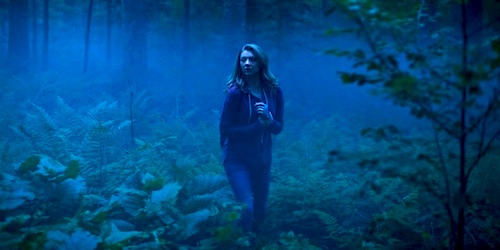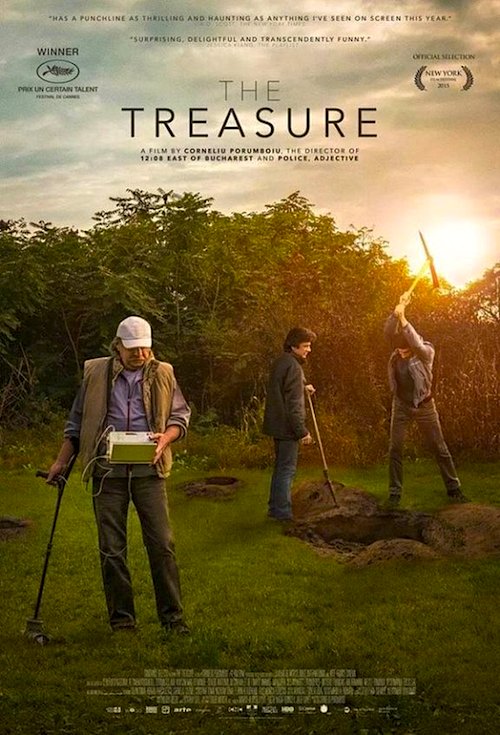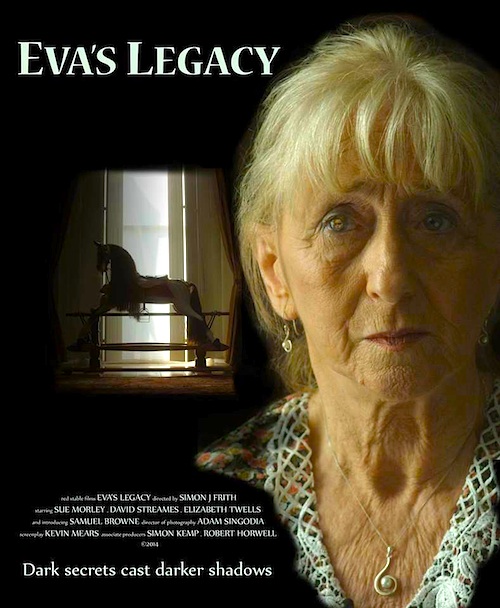By Joe Bendel. Successful horror films are like franchise restaurants—location is key. Technically, a number of creaky old courthouses and a Civil War bunker were edited together to serve as the unfinished and uninhabited faux Gilded Age apartment complex, but it still feels like a very real and creepy place. That setting generates a whole lot of dread in Eytan Rockaway’s The Abandoned (known as The Confines at this year’s Los Angeles Film Festival), which opens tomorrow in select markets.
Julia Streak is a single mother with a fistful of scripts from various psychiatrists. She needs to make her new night guard gig work if she wants to continue to see her daughter. That should not be a problem, considering her partner Cooper has been there for years. He has a toxically bad attitude and also happens to require a wheelchair. Their building should have been the poshest address in the city, but the developers ran out of money. Now only a skeleton security crew works there to keep out the tramps and squatters. Streak will do the patrolling, while Cooper watches on the many closed circuit cameras. At least, that’s the idea.
Streak happened to pass one such vagrant on the way to her first day of work. Despite his aggressive behavior, she lets him in when he asks for shelter from the storm. In retrospect this will be a mistake. However, his hostile behavior pales in comparison to the dark forces that start toying with her. It seems she always had a sensitivity to spooky stuff and there is a heck of a lot of it in the sub-basement.

Production designer Akin McKenzie and the location scouts deserve a good deal of credit for Abandoned’s scariness. The vibe and atmosphere are spot on throughout. As Streak and Cooper, Louisa Krause (from Ava’s Possessions) and Jason Patric bicker and sulk quite well together. Frankly, Rockaway keeps the tension cranked up well into the late innings, rather exceeding genre norms. Unfortunately, he tacks on a wholly unnecessary big twist ending that we’ve seen before and don’t really need here. The film is effectively hair-raising without it.
To his credit, Rockaway does not overplay the surveillance motif. In fact, his execution is rather strong overall. Cinematographer Zack Galler further heightens the moody mysteriousness of a very technically accomplished horror package. If nothing else, it should convince viewers not to let strange homeless men into cavernous deserted buildings they are responsible for keeping secure. Recommended for genre fans, The Abandoned releases today (1/8) in theaters and on VOD.
LFM GRADE: B
Posted on January 8th, 2016 at 7:04pm.





